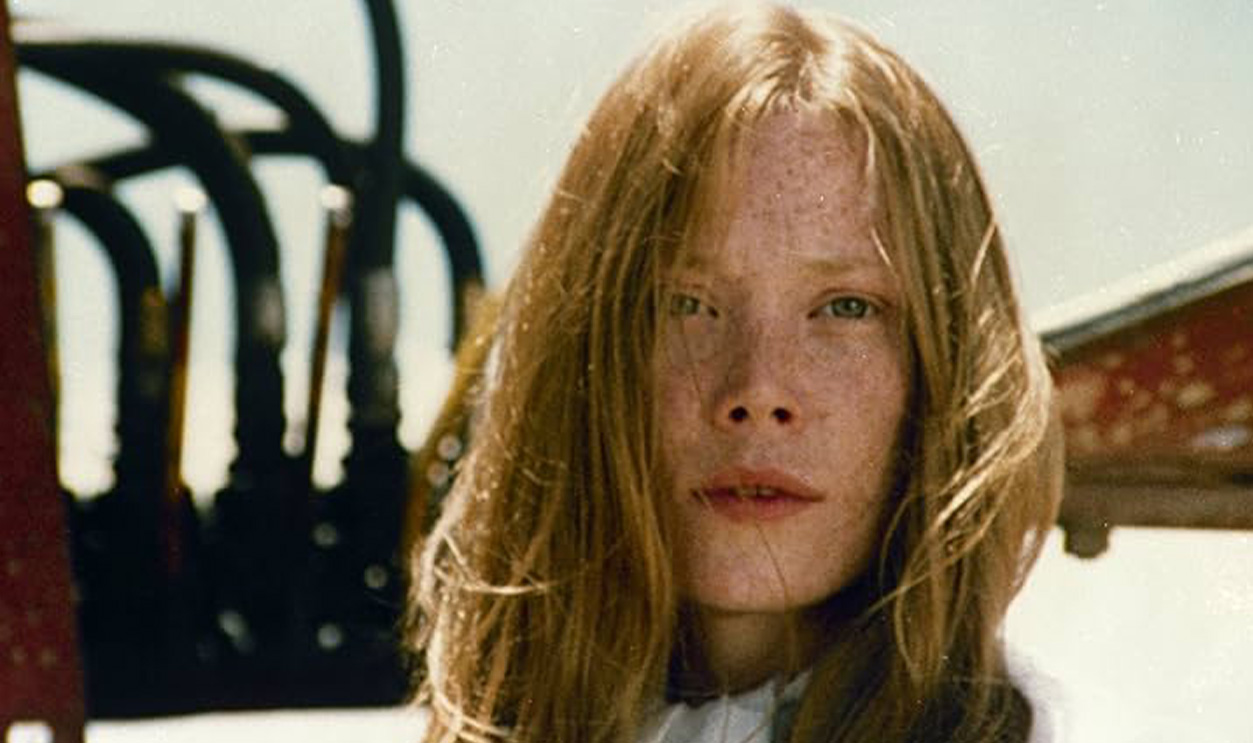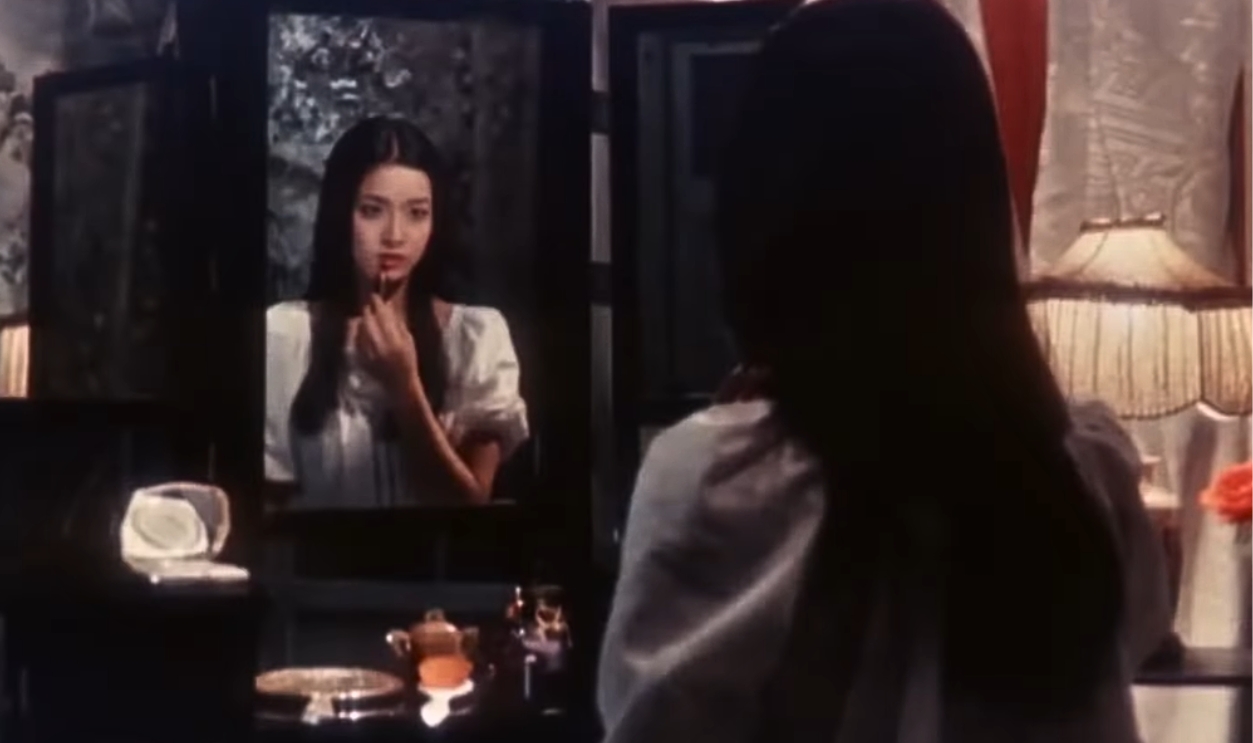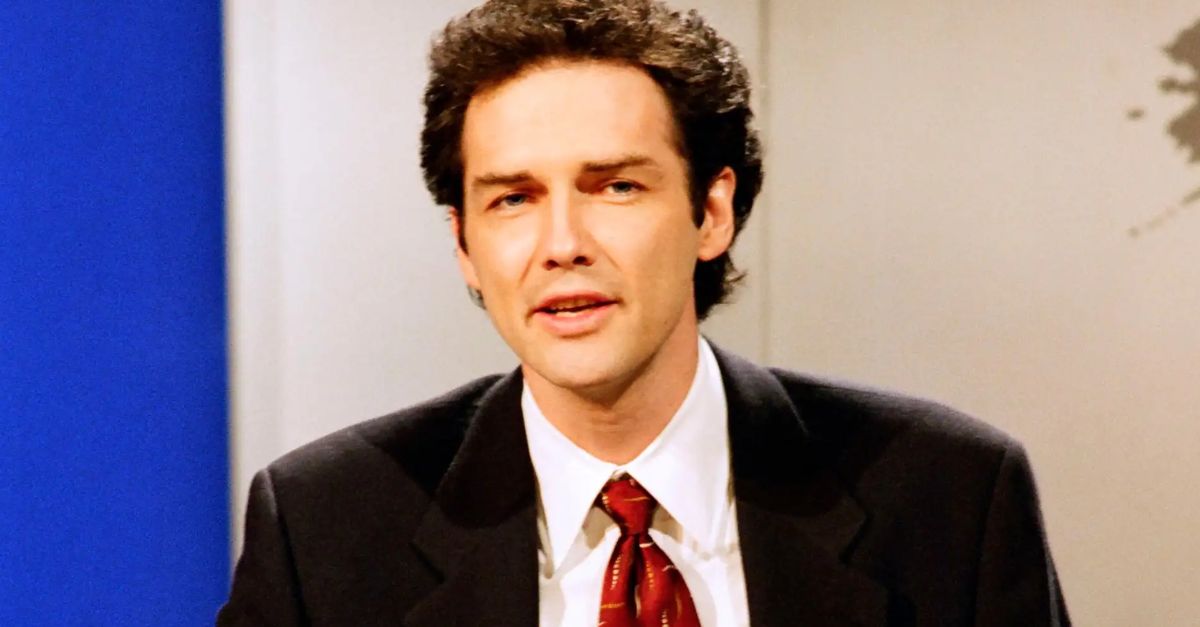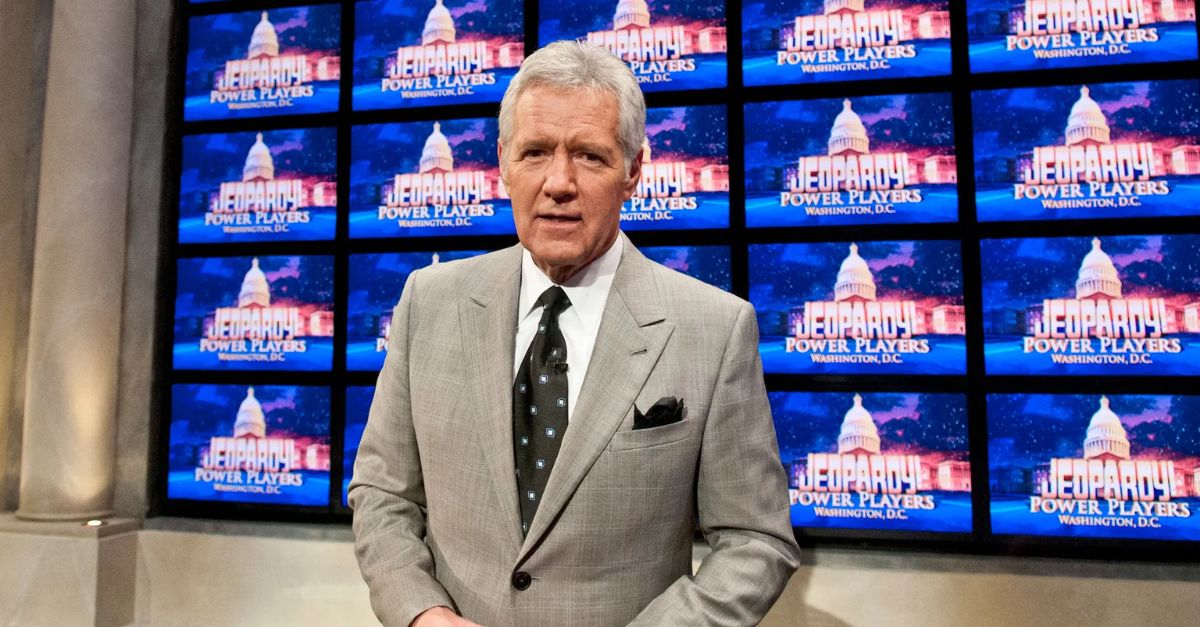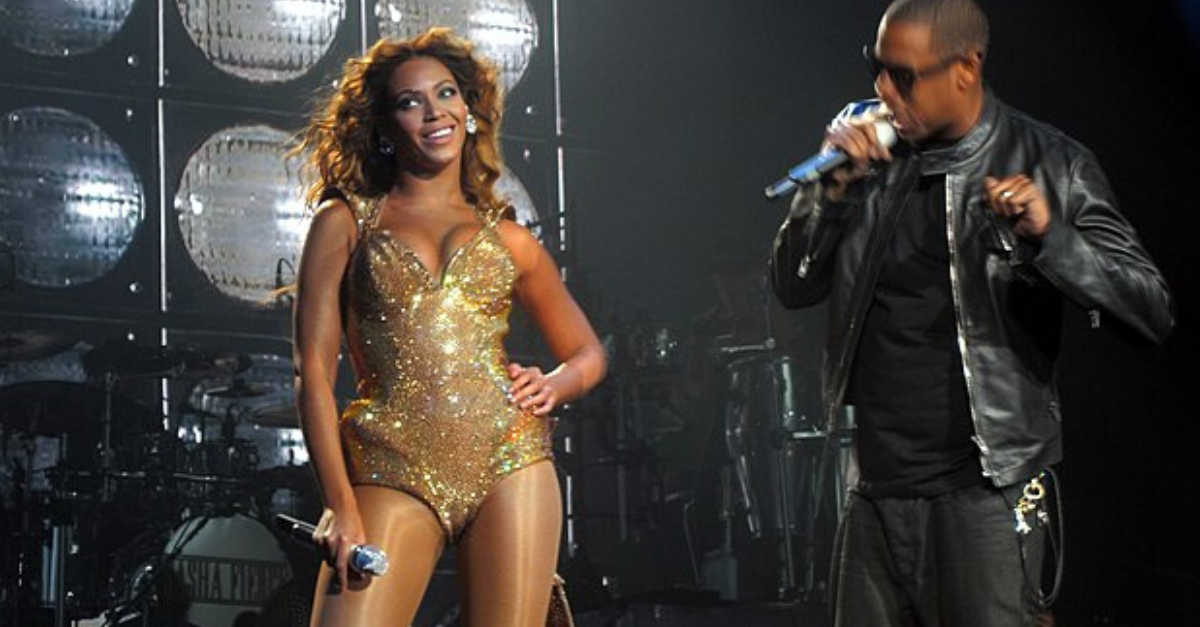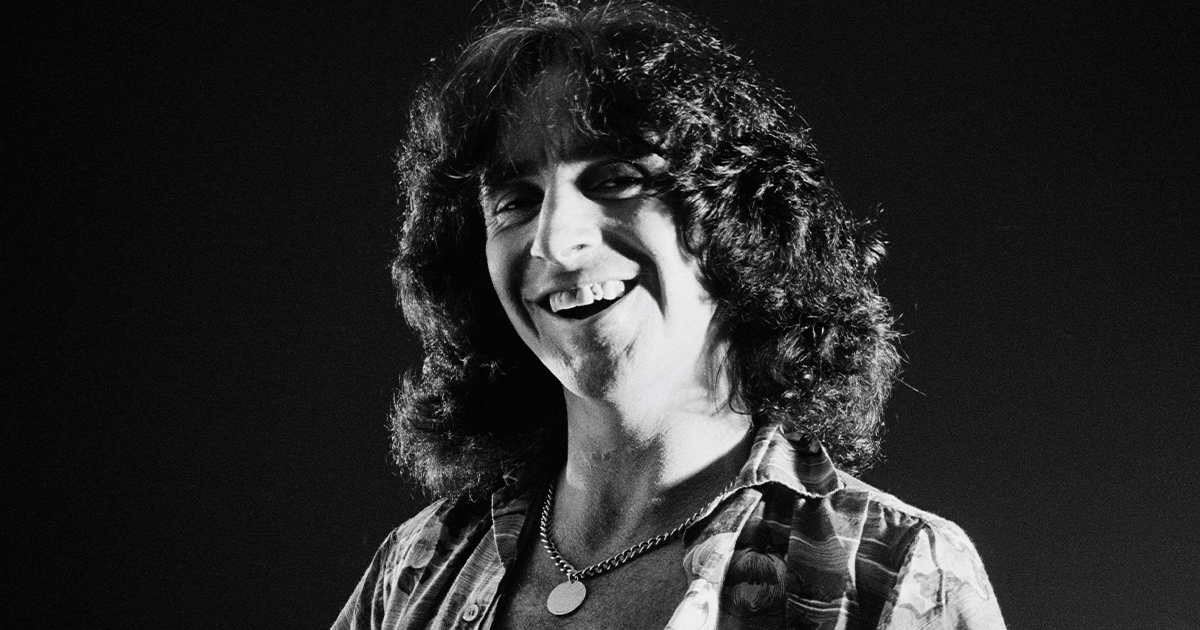Forgotten Treasures Of 1970s Cinema
The 1970s gave us gritty crime dramas, experimental art films, and unforgettable cult classics. But many incredible movies slipped under the radar, overshadowed by bigger blockbusters of the era. These hidden gems are worth rediscovering, whether you love suspense, satire, horror, or just plain cinematic boldness. Here are 25 underrated 70s films everyone should watch at least once.
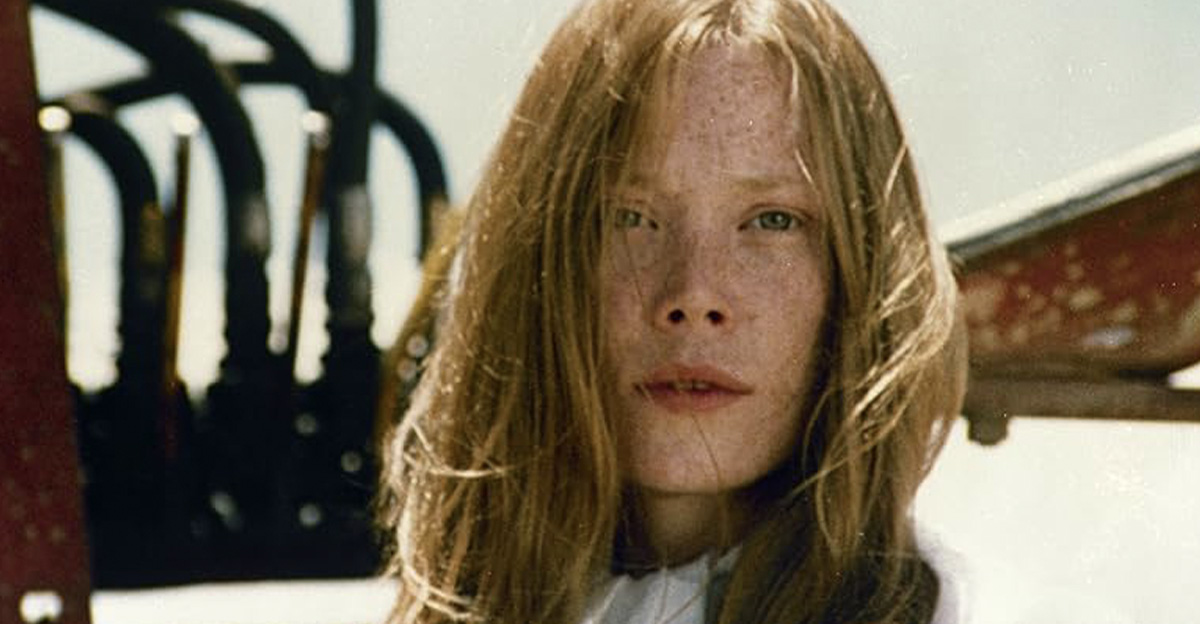
Mirror (1975)
Directed by Andrei Tarkovsky, Mirror is an autobiographical and poetic blend of dreams, memories, and historical fragments. Its nonlinear structure shifts between color and black and white, creating an immersive, meditative rhythm. Though challenging, it rewards patient viewers with haunting imagery and deep philosophical reflections. Many now consider it one of Tarkovsky’s most personal and profound works.
Manhattan (1979)
Woody Allen’s Manhattan is a romantic dramedy filmed in gorgeous black and white, set against George Gershwin’s sweeping score. Allen stars alongside Diane Keaton and Meryl Streep, capturing the complexities of love, relationships, and urban angst. Overshadowed by Annie Hall, this film still resonates for its bittersweet tone, iconic New York imagery, and exploration of longing and self-deception.
 Metro-Goldwyn-Mayer (MGM), Manhattan (1979)
Metro-Goldwyn-Mayer (MGM), Manhattan (1979)
The Day of the Jackal (1975)
Based on Frederick Forsyth’s bestseller, The Day of the Jackal is a taut political thriller about a cold, meticulous assassin plotting to kill French president Charles de Gaulle. With clinical detail and no wasted motion, the film builds quiet suspense. Its realistic style, grounded performances, and avoidance of melodrama make it one of the most gripping 70s thrillers.
 Universal Pictures, The Day of the Jackal (1973)
Universal Pictures, The Day of the Jackal (1973)
Thunderbolt and Lightfoot (1974)
Michael Cimino’s debut stars Clint Eastwood as a veteran thief and Jeff Bridges as a young drifter caught up in a heist. The film balances camaraderie and violence, infusing the crime genre with warmth and humor. Bridges even earned an Oscar nomination. It remains overlooked today, despite being a smart, stylish entry in Eastwood’s career and 70s crime cinema.
 Metro-Goldwyn-Mayer (MGM), Thunderbolt and Lightfoot (1974)
Metro-Goldwyn-Mayer (MGM), Thunderbolt and Lightfoot (1974)
Wake in Fright (1971)
A nightmarish exploration of masculinity and isolation, Wake in Fright follows a schoolteacher trapped in a remote Australian outback town. Drinking, gambling, and brutality consume him, creating an oppressive, unsettling spiral. Long unavailable, the film was rediscovered decades later and hailed as a masterpiece of psychological horror. Its disturbing intensity makes it unforgettable once seen.
 United Artists, Wake in Fright (1971)
United Artists, Wake in Fright (1971)
Being There (1979)
Peter Sellers gives a career-defining performance as Chance, a sheltered gardener who unwittingly rises to influence through his simplistic wisdom. Directed by Hal Ashby, the film is a sharp social satire on media, politics, and perception. Sellers’ subtle, brilliant acting earned praise, and the film’s ambiguous ending lingers. It remains one of the most intelligent comedies of the era.
 United Artists, Being There (1979)
United Artists, Being There (1979)
The Brood (1979)
David Cronenberg’s The Brood mixes psychological horror with grotesque body horror, stemming from a woman’s rage manifesting as monstrous children. Disturbing, personal, and thematically rich, it reflects Cronenberg’s own messy divorce. Though often overshadowed by The Fly and Videodrome, it stands as a chilling early example of his ability to fuse emotional trauma with horror spectacle.
 Warner Bros. Discovery, The Brood (1979)
Warner Bros. Discovery, The Brood (1979)
Charley Varrick (1973)
Walter Matthau stars as a small-time crook who accidentally steals mob money during a bank heist. Directed by Don Siegel, this tense and intelligent thriller features clever plotting, understated performances, and a cynical edge. More cerebral than most crime films of the era, it has gained cult appreciation for its smart script and Matthau’s layered performance.
 Universal Pictures, Charley Varrick (1973)
Universal Pictures, Charley Varrick (1973)
Frenzy (1972)
Alfred Hitchcock’s penultimate film, Frenzy, is a dark thriller about a London serial killer. Grittier and more explicit than his earlier works, it showed Hitchcock adapting to 70s sensibilities. Though not often listed among his greatest hits, it’s a taut, cynical, and shocking movie. Its unsettling mix of humor and horror makes it fascinatingly underrated in his filmography.
 Universal Pictures, Frenzy (1972)
Universal Pictures, Frenzy (1972)
Two-Lane Blacktop (1971)
Monte Hellman’s Two-Lane Blacktop is a minimalist road film starring James Taylor and Dennis Wilson. More about mood and existential drift than plot, it follows drifters racing across America. Sparse dialogue, open landscapes, and dreamlike pacing create an atmosphere of melancholy freedom. A box office flop initially, it’s now revered as a poetic cult classic of counterculture cinema.
 Universal Pictures, Two-Lane Blacktop (1971)
Universal Pictures, Two-Lane Blacktop (1971)
Smokey and the Bandit (1977)
Burt Reynolds and Sally Field star in this fast-paced comedy about a bootlegger outrunning the law. While dismissed as lightweight compared to serious 70s films, it remains endlessly fun with car chases, humor, and undeniable charisma. Jackie Gleason’s Sheriff Buford T. Justice adds comic bite. A commercial hit, it deserves more credit as a breezy and influential action comedy.
 Universal Pictures, Smokey and the Bandit (1977)
Universal Pictures, Smokey and the Bandit (1977)
Shampoo (1975)
Starring Warren Beatty, Shampoo is a sharp satire about love, sex, and politics in Los Angeles during the late 1960s. Directed by Hal Ashby, it mixes farce with biting social commentary. Beatty, Julie Christie, and Goldie Hawn anchor the ensemble, while themes of vanity and dissatisfaction resonate. Underneath the comedy lies a surprisingly poignant critique of shallow ambition.
 Sony Pictures Entertainment, Shampoo (1975)
Sony Pictures Entertainment, Shampoo (1975)
Night Moves (1975)
Gene Hackman stars as private investigator Harry Moseby in this moody neo-noir. The film unravels slowly, emphasizing ambiguity and disillusionment over easy answers. Director Arthur Penn crafts an atmosphere of creeping dread, culminating in a shocking conclusion. Though underappreciated at release, it’s now recognized as a thoughtful and haunting mystery that reflected the cynicism of its era.
 Warner Bros. Pictures, Night Moves (1975)
Warner Bros. Pictures, Night Moves (1975)
Sisters (1972)
Brian De Palma’s early thriller showcases his fascination with voyeurism, split identities, and Hitchcockian suspense. Featuring Margot Kidder as conjoined twins, the film blends horror and psychological drama with stylistic flourishes like split screens. While rough around the edges, it revealed De Palma’s emerging talent and daring ideas. Today, it stands as a chilling precursor to his later masterpieces.
 Amazon MGM Studios , Sisters (1972)
Amazon MGM Studios , Sisters (1972)
Picnic at Hanging Rock (1975)
Peter Weir’s atmospheric drama tells the eerie story of schoolgirls disappearing during a trip to Hanging Rock in Australia. With dreamlike cinematography and ambiguous storytelling, it suggests supernatural forces without ever explaining them. The mystery lingers long after the credits. Praised for its haunting tone, it’s become a landmark of Australian cinema and a staple of 70s surrealism.
 South Australian Film Corporation, Picnic at Hanging Rock (1975)
South Australian Film Corporation, Picnic at Hanging Rock (1975)
Don’t Look Now (1973)
Nicolas Roeg’s chilling thriller blends grief, mystery, and the supernatural. Donald Sutherland and Julie Christie play a couple haunted by visions in Venice after their daughter’s death. With fragmented editing, vivid imagery, and an unforgettable ending, the film builds an atmosphere of dread. Long underrated, it is now regarded as one of the best horror-inflected dramas of the decade.
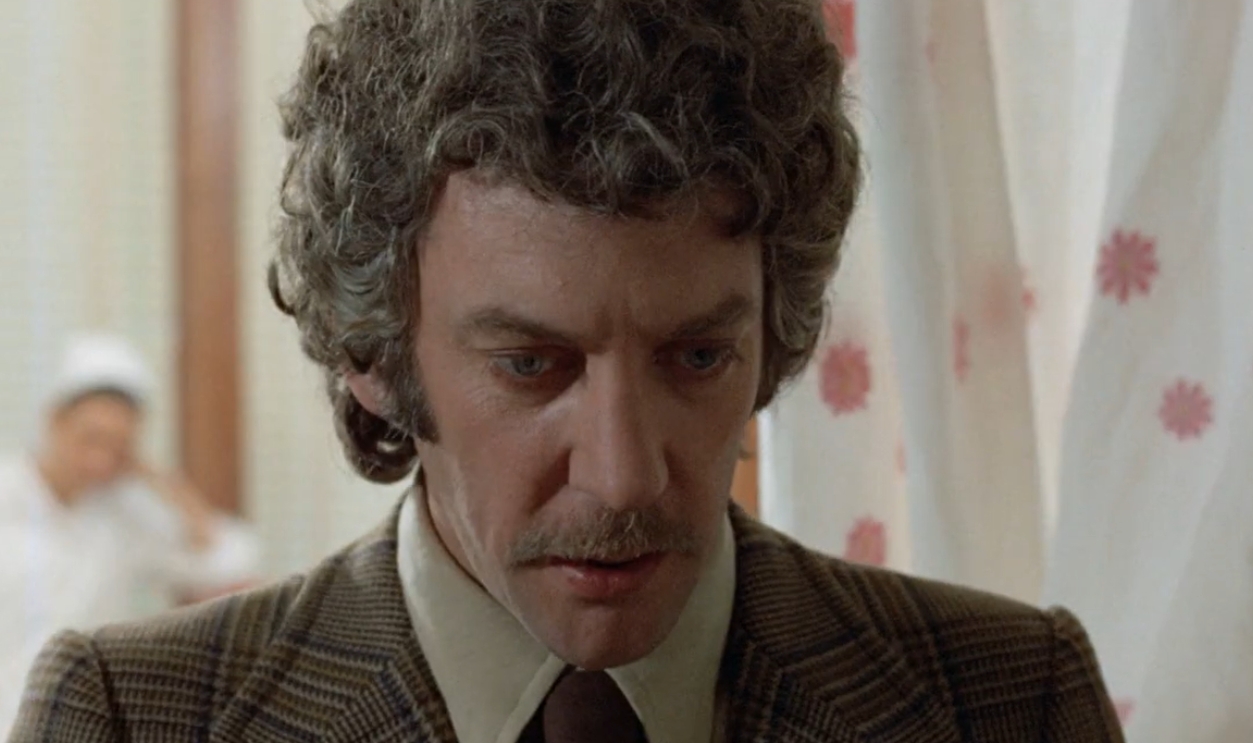 British Lion Films, Don’t Look Now (1973)
British Lion Films, Don’t Look Now (1973)
Silent Running (1972)
Douglas Trumbull’s Silent Running is a quiet, thoughtful sci-fi film where Earth’s last forests are preserved in space. Bruce Dern plays a botanist torn between duty and survival. Unlike most 70s sci-fi, it emphasizes environmental themes and human emotion over spectacle. Though modest in scope, its sincerity and message resonate strongly, making it a hidden gem of eco-science fiction.
 Universal Pictures, Silent Running (1972)
Universal Pictures, Silent Running (1972)
Traffic (1971)
Often overshadowed by more famous 70s dramas, Traffic is a sharp European-style exploration of identity and journalism starring Michael Caine. It delves into ambition, morality, and personal unraveling with precision. While not widely remembered, critics have praised its intelligence and complexity. For fans of character-driven narratives, it stands as an intriguing and underrated entry in early 70s cinema.
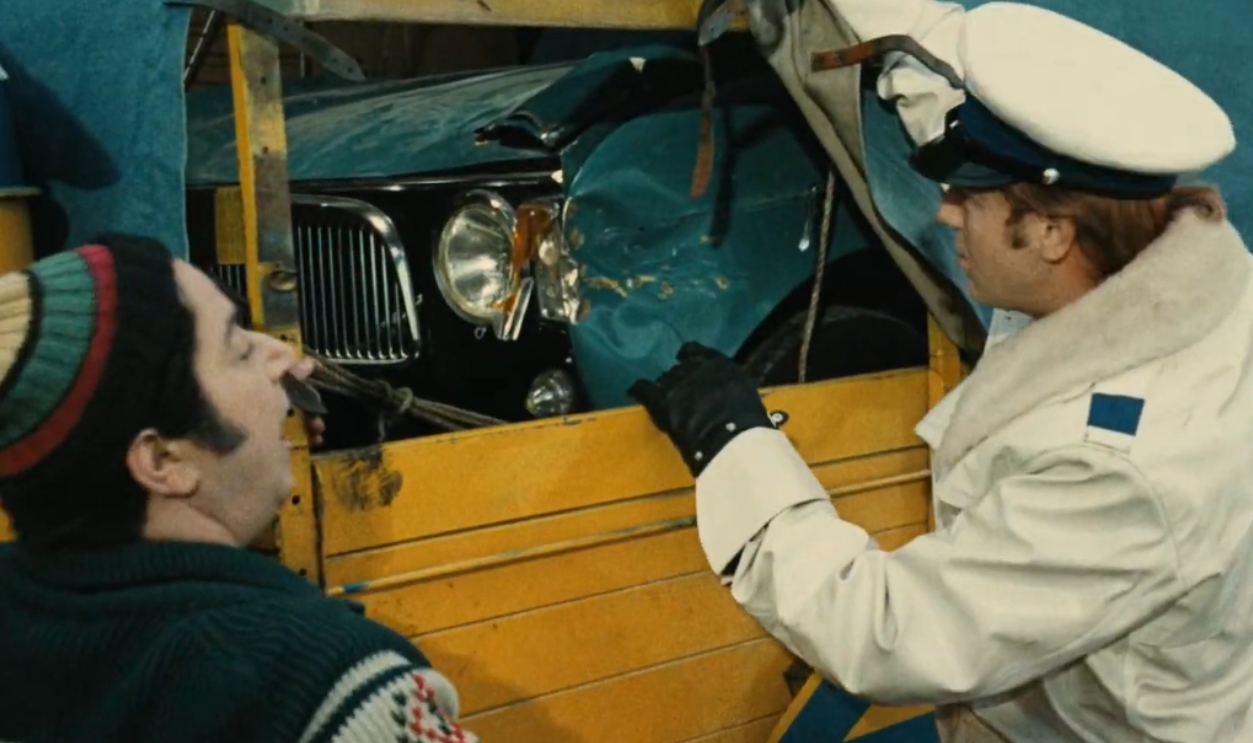 Variety Distribution, Traffic (1971)
Variety Distribution, Traffic (1971)
Klute (1971)
Jane Fonda delivers a powerhouse performance as Bree Daniels, a call girl caught in a mystery involving Donald Sutherland’s detective. Alan J. Pakula directs with tension and subtlety, blending thriller with character study. The film explores gender, paranoia, and intimacy with intelligence. Fonda won an Oscar, and while acclaimed, it remains somewhat underseen compared to other 70s thrillers.
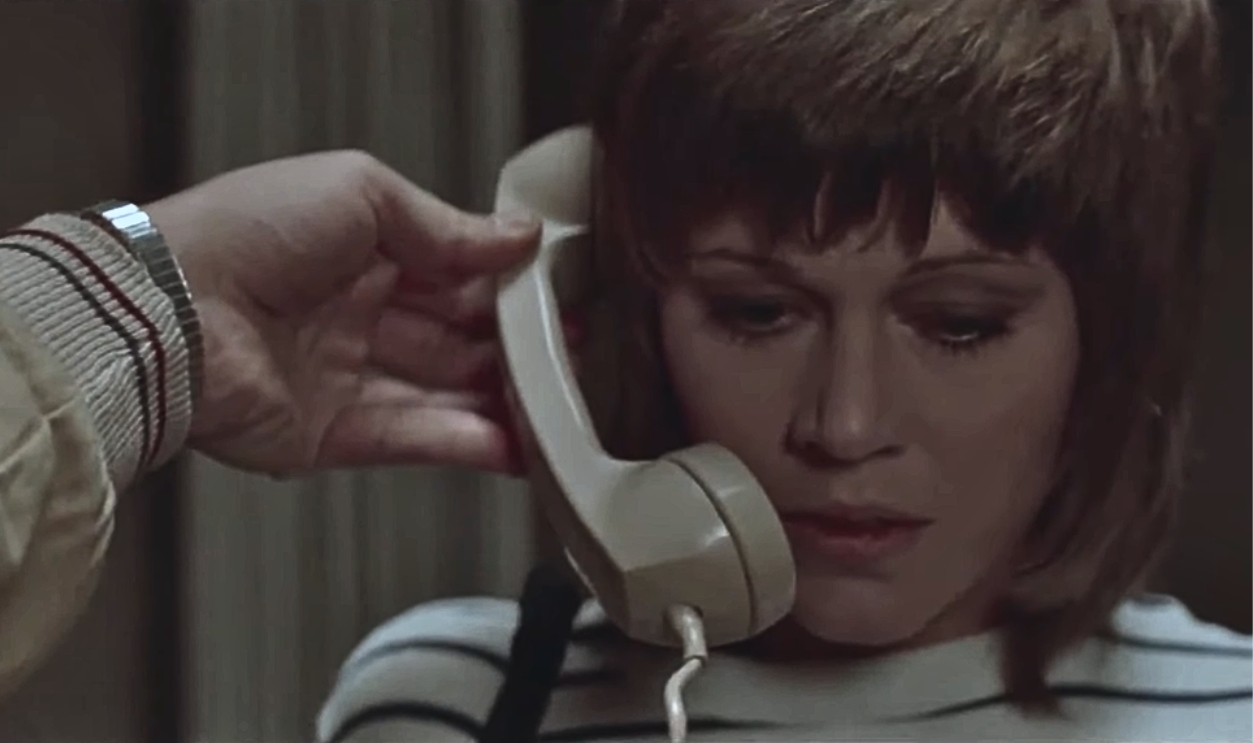 Warner Bros. Pictures, Klute (1971)
Warner Bros. Pictures, Klute (1971)
The Outlaw Josey Wales (1976)
Clint Eastwood directs and stars in this Civil War-era western about vengeance and survival. More nuanced than many revenge tales, it mixes brutality with surprising humanity and humor. Eastwood crafts a layered antihero and thoughtful pacing. Though not as famous as Unforgiven, it’s regarded as one of his best westerns and a standout in the genre’s 70s revival.
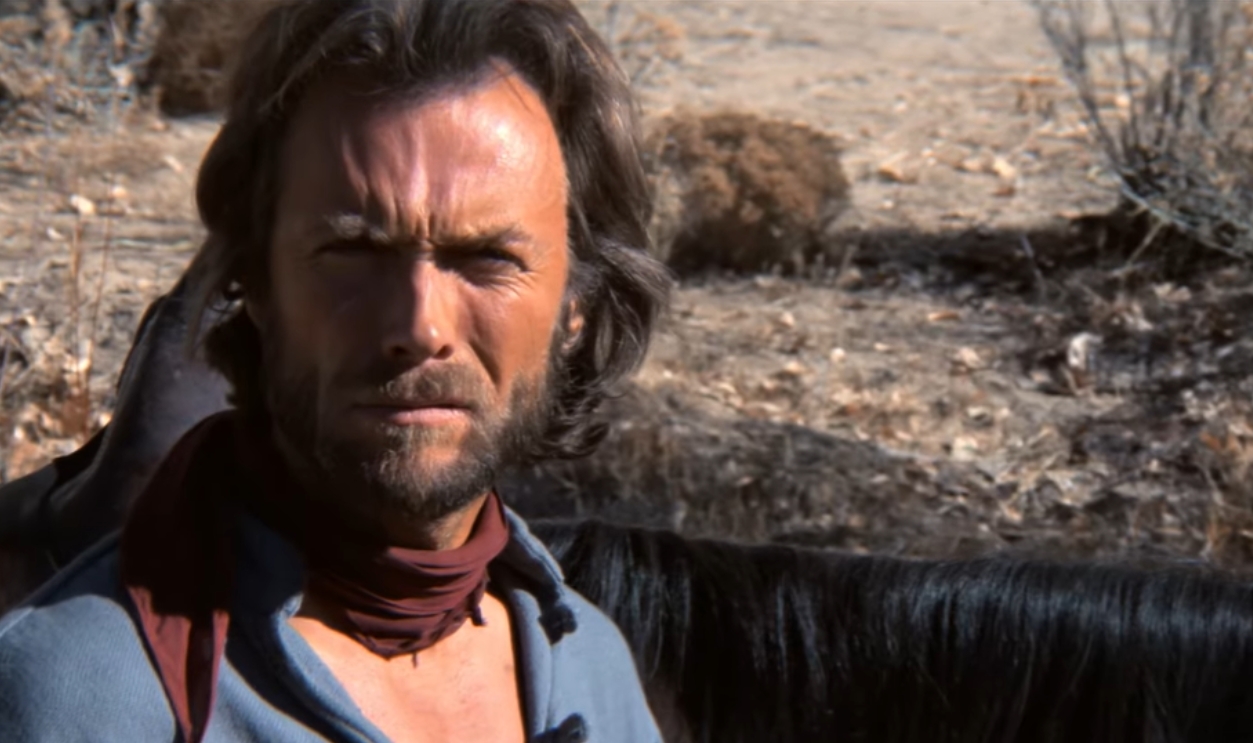 Warner Bros. Pictures, The Outlaw Josey Wales (1976)
Warner Bros. Pictures, The Outlaw Josey Wales (1976)
House (1977)
This Japanese cult horror film, directed by Nobuhiko Obayashi, is a surreal fever dream of bizarre visuals, slapstick, and grotesque horror. A group of schoolgirls enters a haunted house, unleashing mayhem. Mixing comedy, experimental editing, and shocking imagery, it’s unlike anything else from the era. Initially dismissed, it has become a cult favorite celebrated for its wild originality.
Harold and Maude (1971)
Hal Ashby’s dark romantic comedy follows a death-obsessed young man and his unlikely love affair with a spirited elderly woman. Blending morbid humor with touching tenderness, it became a cult classic. Cat Stevens’ soundtrack adds timeless melancholy. Originally misunderstood, its message about embracing life through unconventional love has grown increasingly resonant, making it one of the decade’s most beloved oddities.
 Paramount Pictures, Harold and Maude (1971)
Paramount Pictures, Harold and Maude (1971)
Badlands (1973)
Terrence Malick’s debut tells the story of young lovers on a violent crime spree, loosely based on real events. Starring Martin Sheen and Sissy Spacek, it’s lyrical and unsettling, blending beauty with brutality. Malick’s use of voiceover narration and natural imagery revolutionized crime dramas. Though not a box office hit, it is now hailed as a masterpiece of poetic filmmaking.
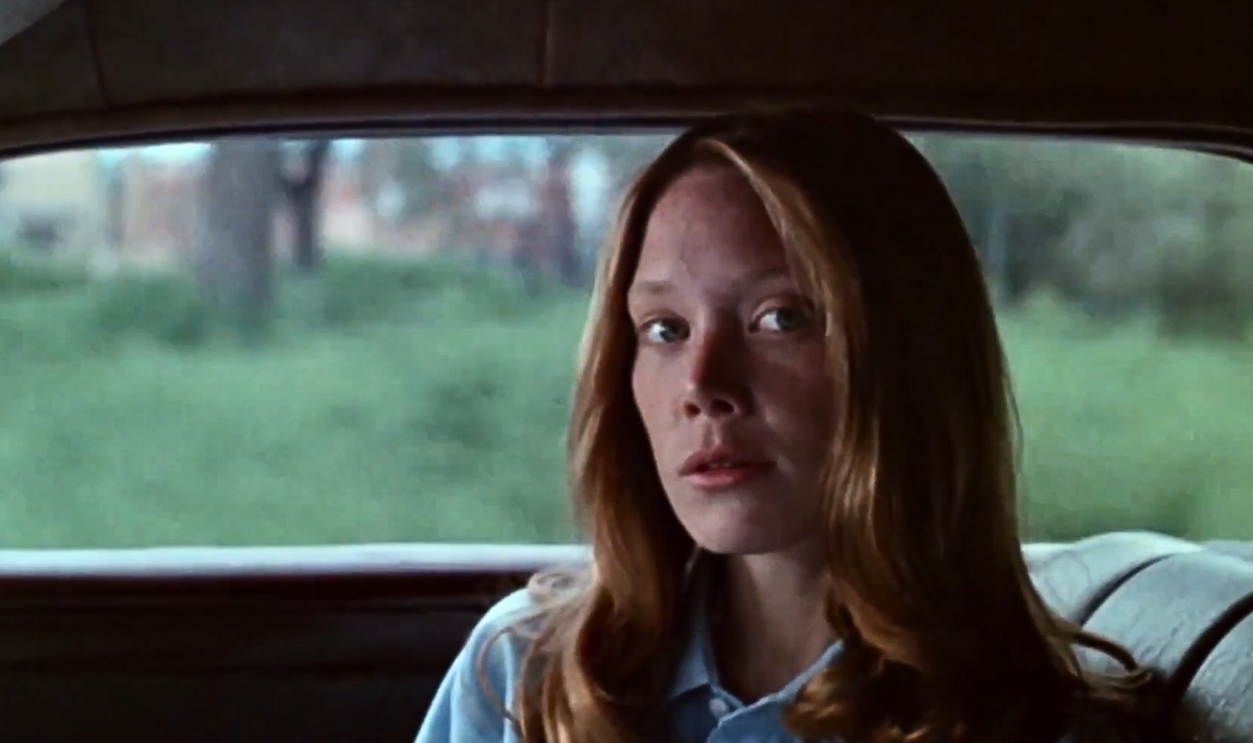 Warner Bros. Pictures, Badlands (1973)
Warner Bros. Pictures, Badlands (1973)
Pete’s Dragon (1977)
Disney’s Pete’s Dragon combines live action with animation in a whimsical story about an orphan and his dragon friend. With charming songs and heartwarming innocence, it entertained children but never achieved the fame of other Disney films. Its simple sweetness and imaginative visuals deserve a second look, especially for fans of family-friendly fantasy from the era.
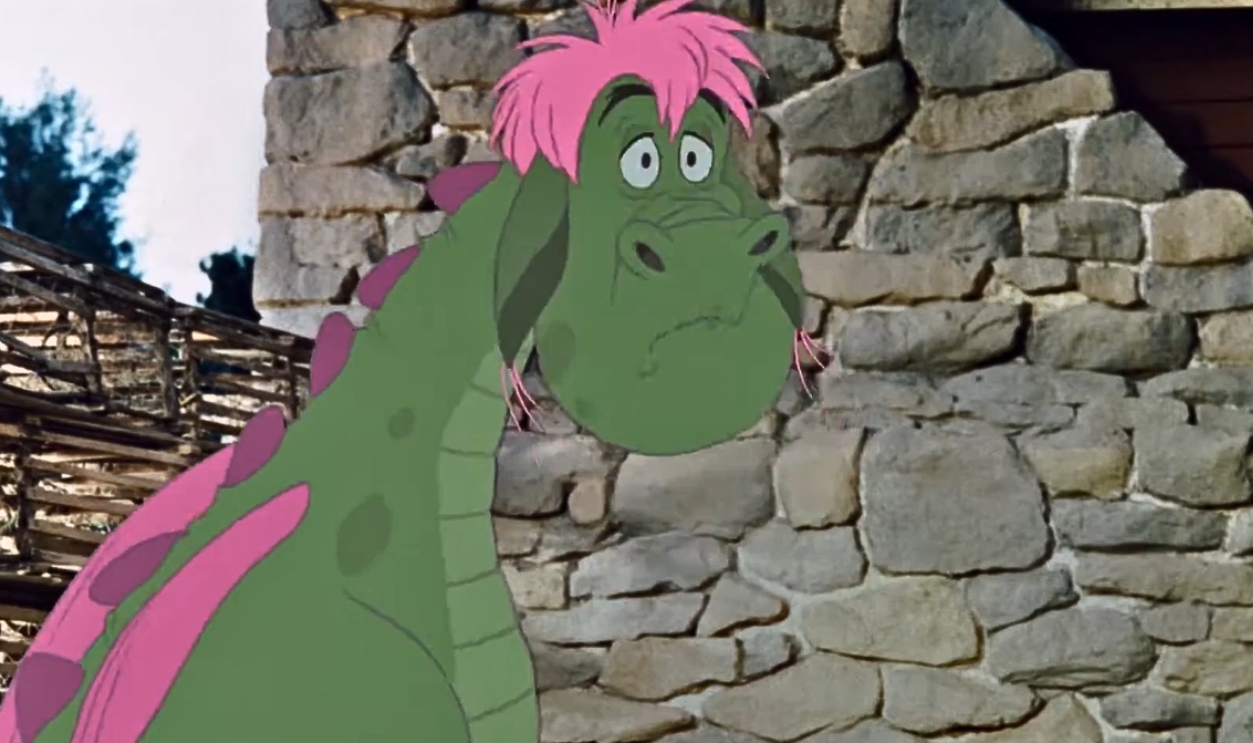 Walt Disney Studios, Pete’s Dragon (1977)
Walt Disney Studios, Pete’s Dragon (1977)
Vanishing Point (1971)
A cult road film about a driver tasked with delivering a Dodge Challenger across the American Southwest, Vanishing Point is both a chase movie and a meditation on freedom. Sparse dialogue, philosophical undertones, and stunning landscapes create a hypnotic rhythm. Though initially overlooked, it found a second life as a counterculture classic, influencing filmmakers and musicians alike.
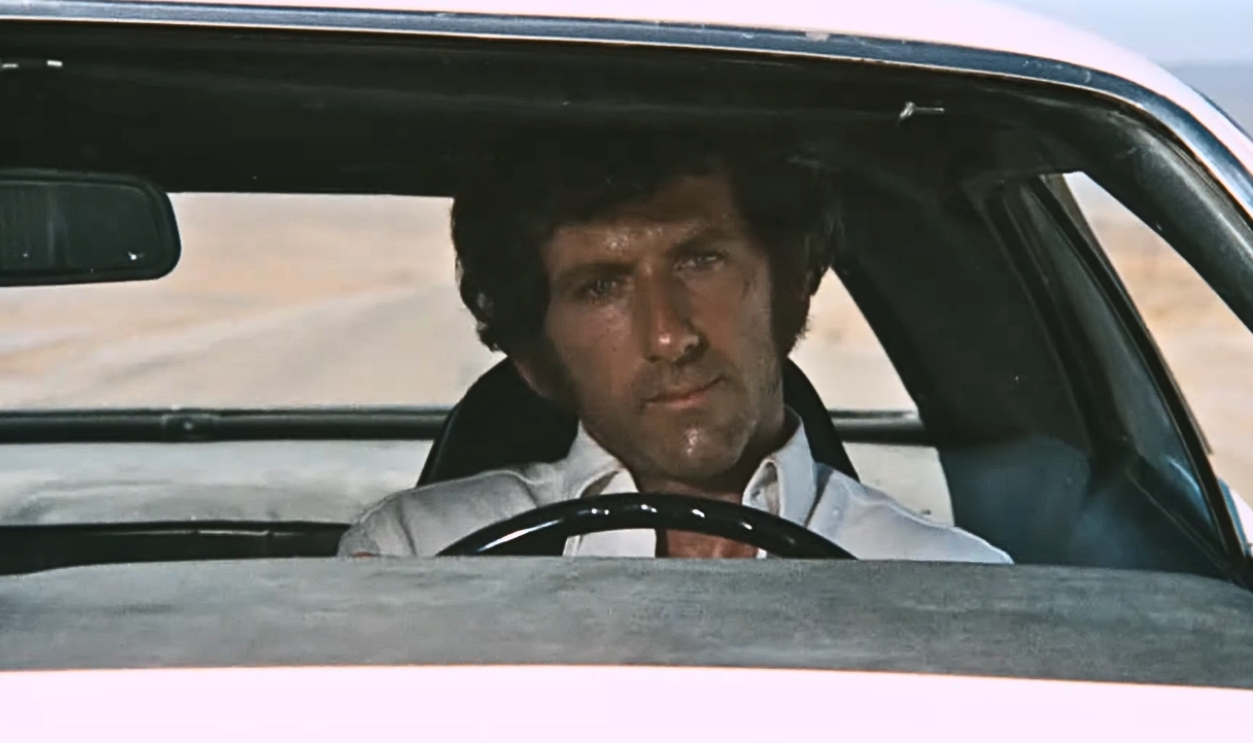 20th Century Studios, Vanishing Point (1971)
20th Century Studios, Vanishing Point (1971)
You May Also Like:
70s Child Stars Who Walked Away From Hollywood
Anyone Who Grew Up Watching TV In The 70s Fell In Love With These Stars
Forgotten Disney Movies From The 90s That Need To Stay In The Past

